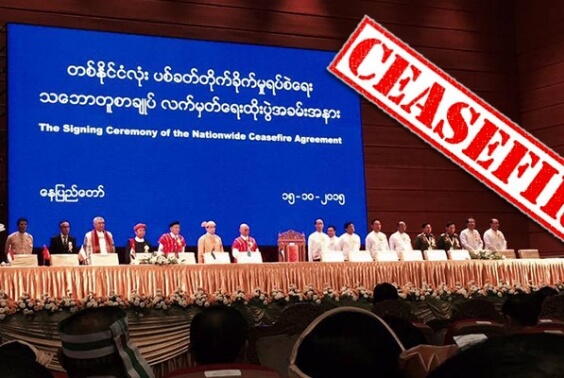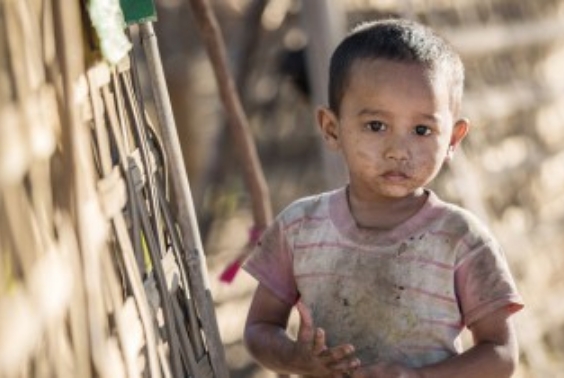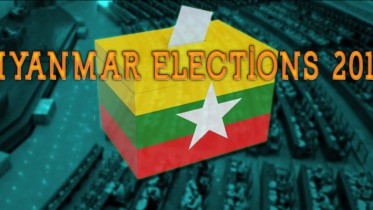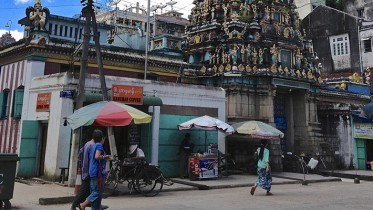- MYANMAR
Karenni and Kayah: The Nature of Burma’s Ethnic Problem over Two Names and the Path to Resolution
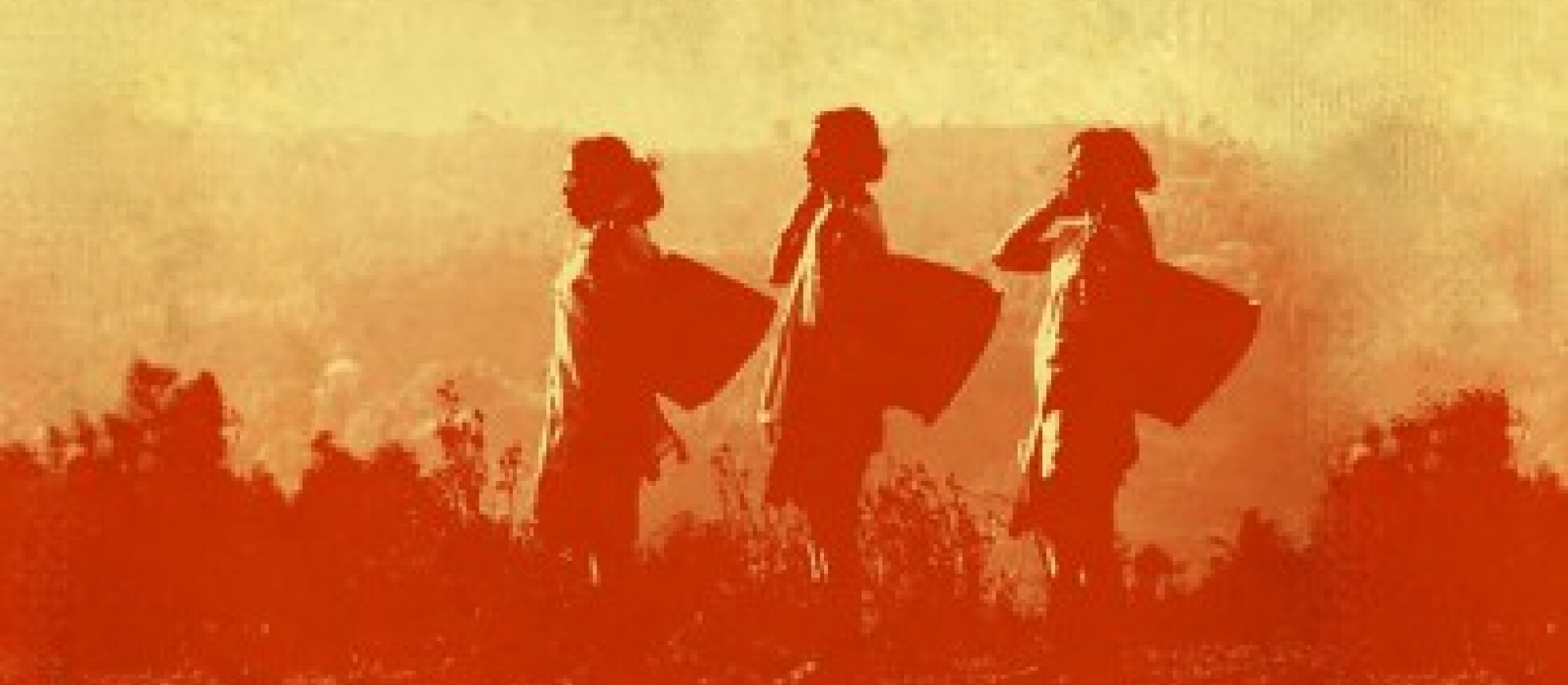
The Configuration of the Civil War
It is said that there are four problems in Burma (Myanmar): the transition from military to civilian rule; the eradication of drugs; HIV/AIDS; and ethnic conflict. The first three are issues that are also connected to the interests of the international community. For this reason, the international community has taken various measures to address these problems, even during the period of military rule, when negotiations were difficult (and regardless of their results). However, ethnic conflict was seen as an internal affair and the understanding of outsiders and their approaches were limited. This is due to the conflict’s location in a so-called “borderland” as well as the difficulties foreigners have in accessing it.
Burma’s civil war can be traced to around 1948, when the country gained independence from Britain, making it the world’s longest-running continuous civil war (with sporadic fighting in many areas even now, after the transition to civilian rule). The result is that it has produced several hundreds of thousands of refugees and internally displaced persons. As many of the refugees belong to ethnic groups such as the Karen, the Karenni, the Kachin, the Mon and the Shan, we can interpret Burma’s civil war as being a clash between the majority Burmans and the minority ethnic groups. The Burmese government has been criticized for its policy of “Burmanization,” which in addition to the suppression of ethnic groups by force also includes a ban on education in their languages.
However, the real conflict cannot be understood simply as the Burmese government versus minority ethnic forces; it is more complicated than that. That is because it also includes ethnic group-versus-ethnic group conflict. Numerous armed groups have organized anti-government activities over the course of the civil war’s decades, such as the Karen National Union (KNU), the Karenni National Progressive Party (KNPP), the Shan State Army (SSA) and the Kachin National Organization (KNO). However, these anti-government groups have splintered into a number of organizations due to differences over policy. The Democratic Karen Buddhist Army’s (DKBA) split from the KNU is well-known, while in Kayah State, the case examined by this paper, the communists who broke off from the KNPP formed the Karenni Nationalities People’s Liberation Front (KNPLF). The point is that most of the organizations that split like this are ceasefire groups who affiliated themselves with the government in the 1990s.
The ceasefire groups have come to play a major role in the Burmese army’s carrying out of its military strategy. In contrast to the national army primarily consisting of Burmans, the ceasefire groups are formed by local members, so they secretly act as guides on the roads for national army soldiers unfamiliar with the land. In addition, it is said that many of the ceasefire agreements have incentives attached, with lumber, minerals and gems—even authority such as the right to deal narcotics—distributed as rewards for laying down arms. While the ceasefire agreements implemented in the 1990s brought about temporary peace on the local level, at the same time they resulted in making it easier for the Burmese army to intervene in these areas and encouraged oppression against residents. Enlarging the Burmese army’s presence through these deals with the Burmese government fostered distrust between armed groups with competing interests and resulted in deeper fissures within ethnic groups. From the government’s point of view, the ceasefire agreements thus are more appropriately termed a modern version of a divide-and-conquer tactic rather than a path to peace.
Furthermore, one view of why ceasefire agreements have been stymied between the government and the groups that persist with their resistance movements is deference to the groups that have already signed a truce with the government. In other words, if, through a ceasefire, a new group is incorporated into an economic system where an existing ceasefire group has been granted a business stake, then that deal could lead to the government breaking its promise to the existing ceasefire group.
There are discussions underway now in Burma on a nationwide ceasefire, but the parties probably need to study once again the lessons from issues that came into relief in the truces formed in the 1990s. Which is to say, the lesson is the need to comprehend what sorts of problems the ethnic groups have internally, in addition to the relationships between the Burmans and the other ethnic groups, as well as for some kind of approach to resolve them. This paper considers the direction for resolutions to ethnic issues, based on the case of the conflict in Kayah State.
Karenni and Kayah: Two State Names
Kayah, on the border with Thailand, is Burma’s smallest state, but it has plentiful natural resources such as teakwood, tungsten and tin. As exemplified by the Balachaung Hydropower Plant, built as post-war compensation after World War II, there are deep ties with Japan in Kayah State (see “The Balachaung Hydropower Plant Today: From Hidden Paradise to Minefields—The Setting for Minority Ethnic Groups and Development” by Yuki Akimoto, P’s Pod No. 0 [in Japanese only).
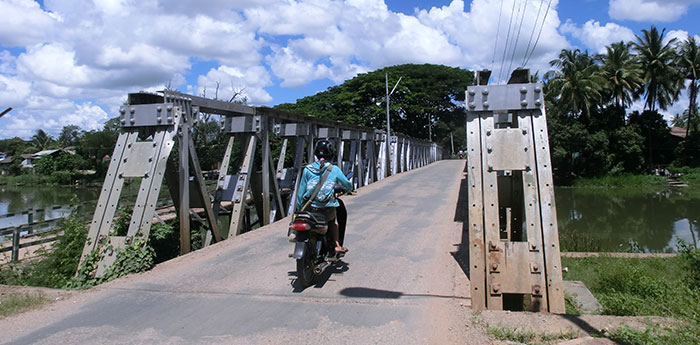
The civil war in Kayah State is characterized by a dispute over two names: Karenni and Kayah. Karenni State’s area is defined by borders determined during British rule, and it became a constituent state of the Union of Burma when the country gained independence in 1948. Later, the Burmese government changed the name of the state to Kayah in 1952. This is why both Karenni and Kayah geographically refer to the same state. The difference is the political implications of the names. (In this paper the state is consistently referred to as Kayah State, its current name.)
The KNPP has been involved in a resistance movement seeking a separate Karenni State for reasons including the fact that western Karenni State had independent status under British rule. The KNPP has given the name Karenni significance as “the general term for the ethnic groups within the state.” (From here on, “Karenni” appears when referring to the Karenni people in general.) The Burmese government changed the name of the state to Kayah to prevent consistency between the KNPP’s political goals and the state’s name.
The KNPP engaged in an armed struggle like other groups (the KNU, the Shan State Army-South [SSA-S], the KNO, the New Mon State Party [NMSP], etc.), but it stands out for declaring and adopting its own writing system and using this to provide education in order to build an independent nation-state. The KNPP calls these characters “Karenni” and spreads them, principally in the territory under its control and refugee camps on the Thai side of the border, to try and build the internal unity of an ethnic group.
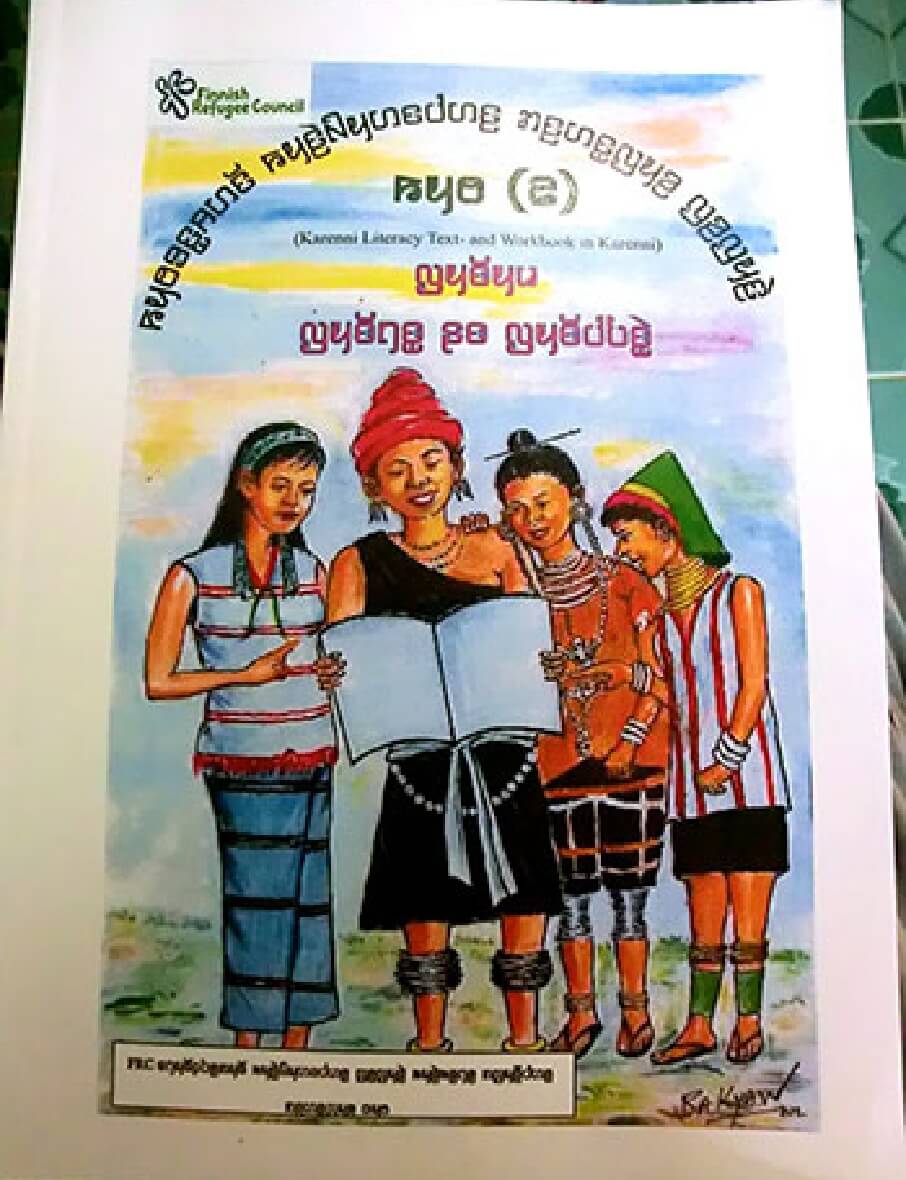
The person who came up with the Karenni characters was former KNPP Chairman Hteh Bu Phe (1937-2011). There were already characters in Karenni State employing an alphabet brought over by Christian missionaries, but after he read a book called “Languages of the World” (author unknown), he began to think that his people could not accurately represent their words with this alphabet. Then, when Hteh Bu Phe was studying history at Rangoon University, he and a friend set about creating written characters, which they made public in 1963. However, education in ethnic languages was banned under the policies of “Burmese-style socialism.” The writing system Hteh Bu Phe conceived later became a symbol of the KNPP’s independence movement as Karenni characters. The Burmese government imposes “three duties of the people”—do not dissolve the union; do not ruin consolidation and cooperation between ethnic groups; ensure sovereignty—but the KNPP’s movement came to present a threat to these “duties.”
A Nationalism Logjam
The dispute in Kayah State pits the government, which wants to integrate the state into the union as Kayah, against the KNPP, which aspires for independence as Karenni. However, this nationalism is not a dichotomy between the two, but rather a peculiar logjam. In order to understand this logjam, let us look at a different aspect of the relationship between the words karenni and kayah.
British officials in the colonial administration first used the term karenni, which how they pronounced kayinni, the Burmese word for “Red Karen,” originally used to denote the third person in that language. Meanwhile, kayah is a first-person word in the Kayah language that means “human.” Kayah reep is also used in the first-person and means “red person.” There is no clear-cut explanation for the use of the color red, but some theories connect it to the color of the native dress or to the color of the people’s skin. Furthermore, both karenni and kayah are grouped into the same linguistic category, the only difference being that they are used in either the first or third person.
The reason why the KNPP adopted the third-person word karenni for their name is that there are various ethnic groups in addition to the Kayah within the state (the Kayan, the Kayaw, the Paku, the Bwe, etc.). It is quite ironic for the anti-government side to adopt a name originating in the Burmese language, but they thought that to subsume the other ethnic groups, they could not use the word kayah as a name.
The problem that arises here is just what language Karenni is supposed to be. The Karenni language is not a newly invented tongue. Hteh Bu Phe, the man who created its written characters, was an ethnic Kayah from western Kayah (Kyebogyi), and the system of characters he conceived represent “the Kyebogyi dialect of the Kayah language.” In other words, the way the Karenni language is written is original, but it is actually the Kayah language. This becomes apparent through familiarization with the language. According to a survey Consortium Thailand conducted at refugee camps in 2001, when it came to conversing in Karenni and reading and writing the language, 81% responded that conversation is easy, while 60% said they cannot read the characters at all and 62% said they cannot write them at all. The reasons given for the low level of familiarity despite the many years of education in the language include the fact that the characters are only used in refugee camps and are not taught elsewhere in the country and that Burmese is the common language in the camps.
In order to make the Kayah language into the Karenni language, the KNPP’s political movement has primarily spread the language among the Kayah majority. The KNPLF, who split off from the KNPP, mainly comprises Kayans who criticize the Kayah-centric KNPP. The result of implementing Karenni-language education in the refugee camps was a corresponding rise in the number of people—mostly young—who can speak Karenni compared to the time the aforementioned survey was carried out, but it also caused the following situation: among the ethnic groups who form the Karenni people, “there are non-Kayah who speak Kayah, but no Kayah who speak something other than Kayah.” The Karenni have an internal bias for “Kayafication” and there is a visible majority-minority relationship among them. The composition of the Karenni people is a microcosm of the Burman-centric state of Burma.
When one takes note that the Karenni people are Kayah-centric, one can see there that they in fact share a recognition of Kayah nationalism with the Burmese government, which considers the Kayah a constituent member of the union. The nationalism logjam over Karenni and Kayah is evident here. That is to say, Karenni nationalism includes a logic that confers power on Kayah nationalism, and Myanmar nationalism includes a logic that confers power on Karenni nationalism, primarily for the Kayah. This logjam of “conferring legitimacy on a separatist movement within the nationalism itself” is nothing more than a concept, but nationalism that adds ambiguity to concepts gives rise to discord in a reality that is more complex and diverse.
The “ethnic” conflict contains three phases happening simultaneously: the Karenni movement opposed to Burmanization; the majority-minority relationship among the Karenni people; and the nationalism logjam.
The Karenni Characters Have Returned to Kayah State
The KNPP has agreed to stop fighting the government when Burma transitions to civilian rule and is continuing negotiations toward peace. Since then, the Karenni characters have been bestowed with new significance. These characters, which have come to symbolize the anti-government movement up until now, have become one of the official writing systems of Kayah State. The Kayah Literacy and Culture Committee (KLCC), organized by government officials, religious figures from churches, temples and the like, as well as representatives from Thailand (i.e. representatives of those under KNPP control), released a statement in June 2013 providing notification that these Karenni characters will be the official writing system. However, rather than casting them as “Karenni” characters, the KLCC calls them “Kyebogyi characters.” The place name Kyebogyi was used because it is the birthplace of Hteh Bu Phe, who created the characters.
Reportedly, the debate over whether to call these characters Kayah or Karenni was a complicated one. In the government’s eyes, the KNPP is too informal a group and does not recognize its status as a “government in exile.” Although the use of the name Karenni was unacceptable at the close of debate, both sides did come to agree that they are “the characters of the people” who live in the state. I believe they were able to make this compromise because of the logic that karenni is a general term for the ethnic groups in the state, i.e. it refers to the people. In addition, we should also remember that the word kayah in the Kayah language means “human.”
Meanwhile, the Karenni language’s official recognition as the writing system of Kayah State under the name “Kyebogyi characters” shows that the parties stopped the dispute over the name from entering a new phase. Can the government shatter Karenni principles by subsuming a Kayah writing system and thus find a path to peace, or will it spark a fresh dispute?
Toward a Resolution of “Ethnic” Conflict
Looking at the history of Burma since the period of military rule, approval of an ethnic language in this manner is an exception. Although the socialist era’s constitution permitted education in ethnic languages, this was actually in name only and education in Burmese was promoted. When considering the current standing of ethnic groups, there is one more suggestive event.
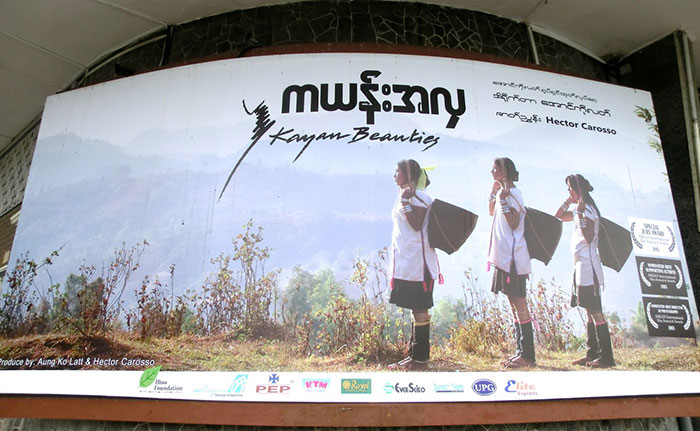
Photo 3: A billboard for the film “Kayan Beauties” (photo by the author). The movie won the Special Jury Award at the 2013 ASEAN International Film Festival and won awards for Best Cinematographer and Best Sound at the 56th Myanmar Academy Awards.
The film “Kayan Beauties” was released nationwide in Burma in September 2013. This movie is a story that denounces the Kayans (the so-called “chief group”) who run the tourism industry in neighboring Thailand for engaging in human trafficking. Specifically, the plot is about a Kayan woman whom a businessman attempts to kidnap and who is saved by a police officer who is a young, handsome Burman man. A Burman man saving a woman from an ethnic minority is very “Burma-like.” However, the groundbreaking thing about this film is that almost throughout, the dialog is spoken in the Kayan language with Burmese subtitles. This sort of change in the standing of an ethnic group might be a temporary thing, but we can interpret it as the process of searching for what a multi-ethnic state should be like.
The last point I will stress is that whether it be karenni or kayah, the people are exceptionally flexible in handling the words. Depending on the situation, they will call themselves karenni or kayah. The first census since 1983 is scheduled for March and April of 2014. The census categorizes people into one of the 135 ethnic groups recognized by the Burmese government, but rather than leading to a resolution of problems it could be a cause for further friction. To begin with, the people’s sense of belonging—their identity—needs to go back to being malleable, with multiple identities, rather than the rigid “ethnic groups” as defined by the state. This sort of flexible perception of ethnic groups could become a more solid foundation for fighting back against the modern divide-and-conquer tactic.

Fellow, Japan Society for the Promotion of Science




